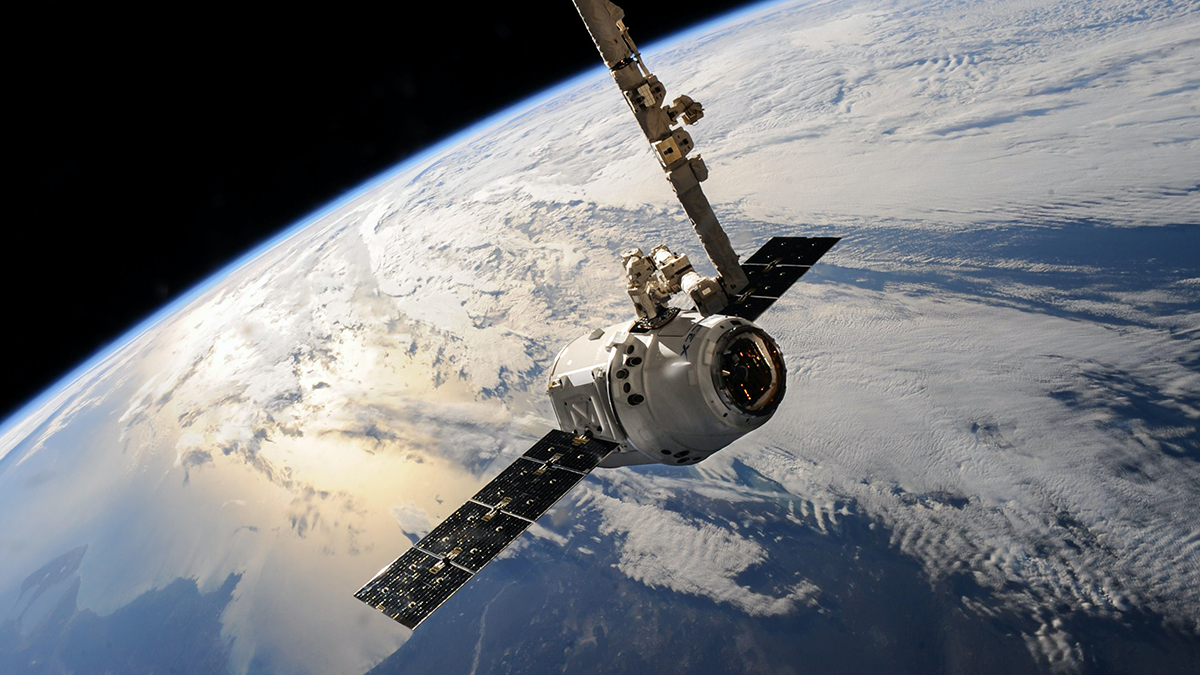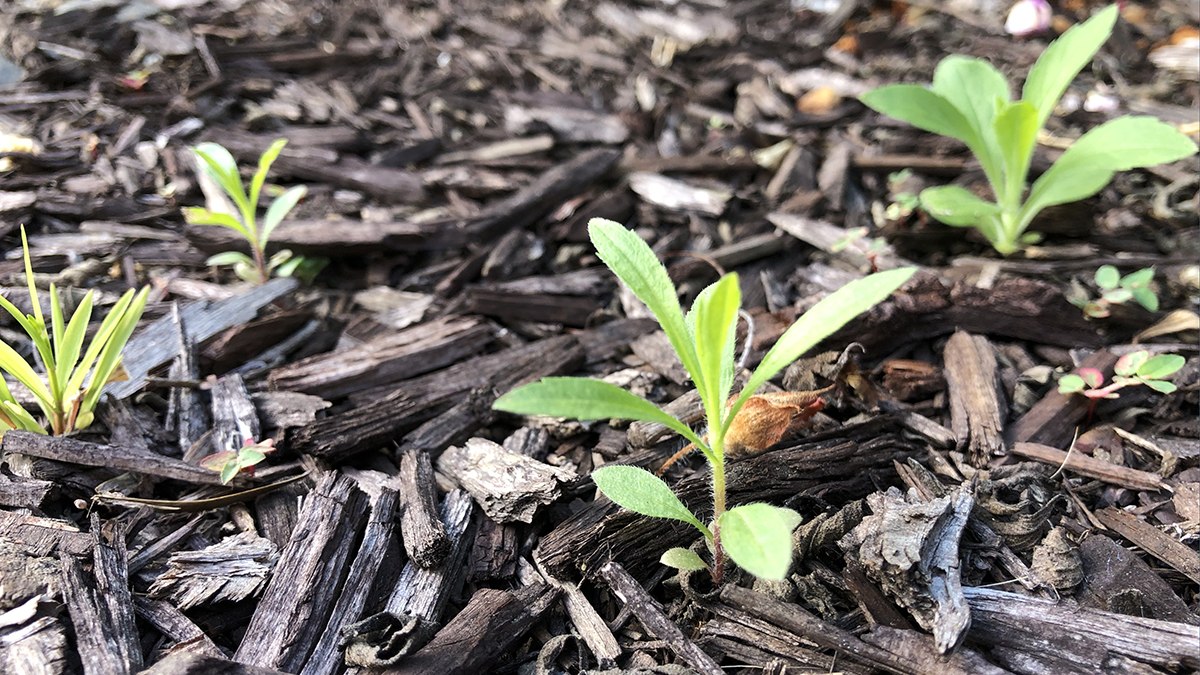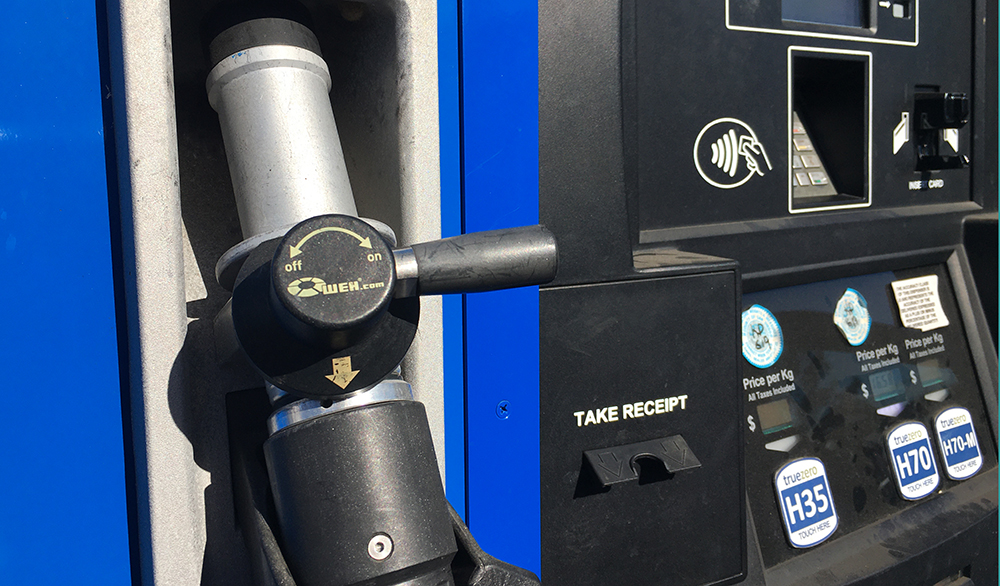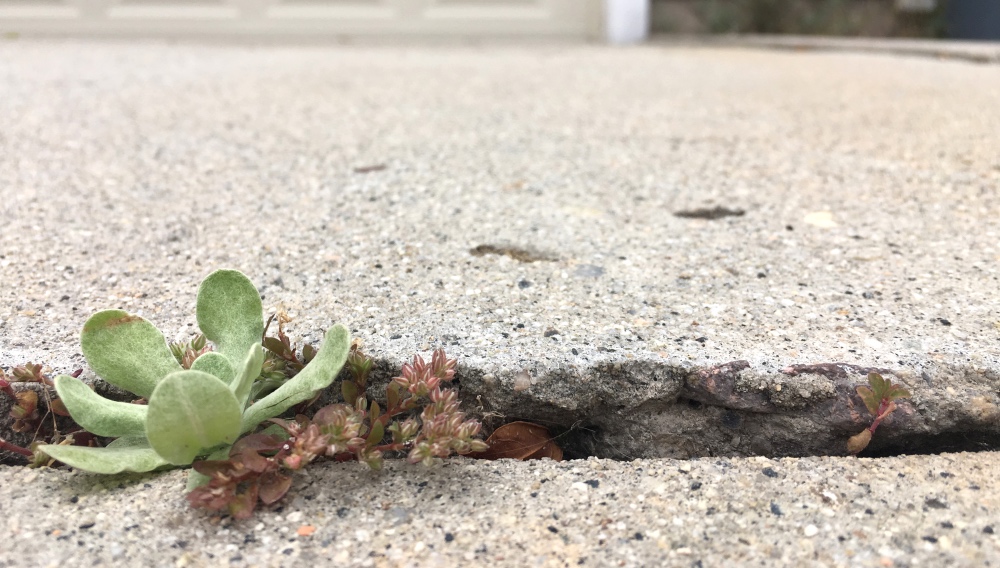This week’s climate story brings us to Central Africa. Imagine walking through a dense rainforest. Suddenly you hear a cracking noise and between the tree trunks you detect movement. And then, from the protection of the trees, a majestic forest elephant emerges.
One of the natural ways to capture greenhouse gases and avoid more global warming are trees. Trees capture and store carbon in their trunks, branches and leaves, but also in their vast network of roots. Not all trees are equal when it comes to carbon capture. Big, mature trees in primary forests are able to capture the most amount.
Central Africa has the second biggest rainforest in the world. How can we protect it? And how can we regrow forests we have lost? Turns out, we have a superhero who specializes on this job: The African forest elephant. This amazing animal thins out forests, optimizing light and water supply for trees to grow bigger and stronger.
This week’s climate story features an IMF article by Ralph Chami, Connel Fullenkamp, Thomas Cosimano and Fabio Berzaghi. They describe how elephant activities increase carbon storage, what benefits they bring, and what value African forest elephants have. This is how it works:

While foraging for food they thin out the forest, creating a healthy forest environment. One forest elephant can stimulate a net increase in carbon capture of 9,000 metric tons of carbon dioxide per square kilometer. That’s an equivalent of nearly 2000 passenger cars driven for a year.
What I like most about this article is that it connects environmental systems with a monetary value. The authors calculate the carbon value of a single forest elephant as $1.75 million.
Unfortunately, these elephants are fighting an existential threat, with poaching and deforestation pushing them to extinction.
So how does a monetary value help with protecting and increasing the forest elephant population? One example is a UN program that swaps debt for nature. Lenders agree to reduce a developing economy’s debt and in exchange the developing country protects specific natural resources. This sounds amazing! Let’s hope these programs gain traction soon and help protect and restore these vital ecosystems.









